Alkenes undergo :
A
addition reactions
B
substitution reactions
C
Both (A) and (B)
D
None of these
Video Solution
|
Answer
Step by step video & image solution for Alkenes undergo : by Chemistry experts to help you in doubts & scoring excellent marks in Class 12 exams.
Updated on:21/07/2023
Knowledge Check
- Question 1 - Select One
Vladimir Markovnikov rule:
Alkenes undergo electrophilic addition reactions. It is triggered by the acid acting as a electrophile toward π-electrons of the double bond.
Markovnikov's rule states that when an unsymmetrically substituted alkene reacts with a hydrogen halide, the hydrogen atom adds to the carbon that has the greater number of hydrogen, e.g.,
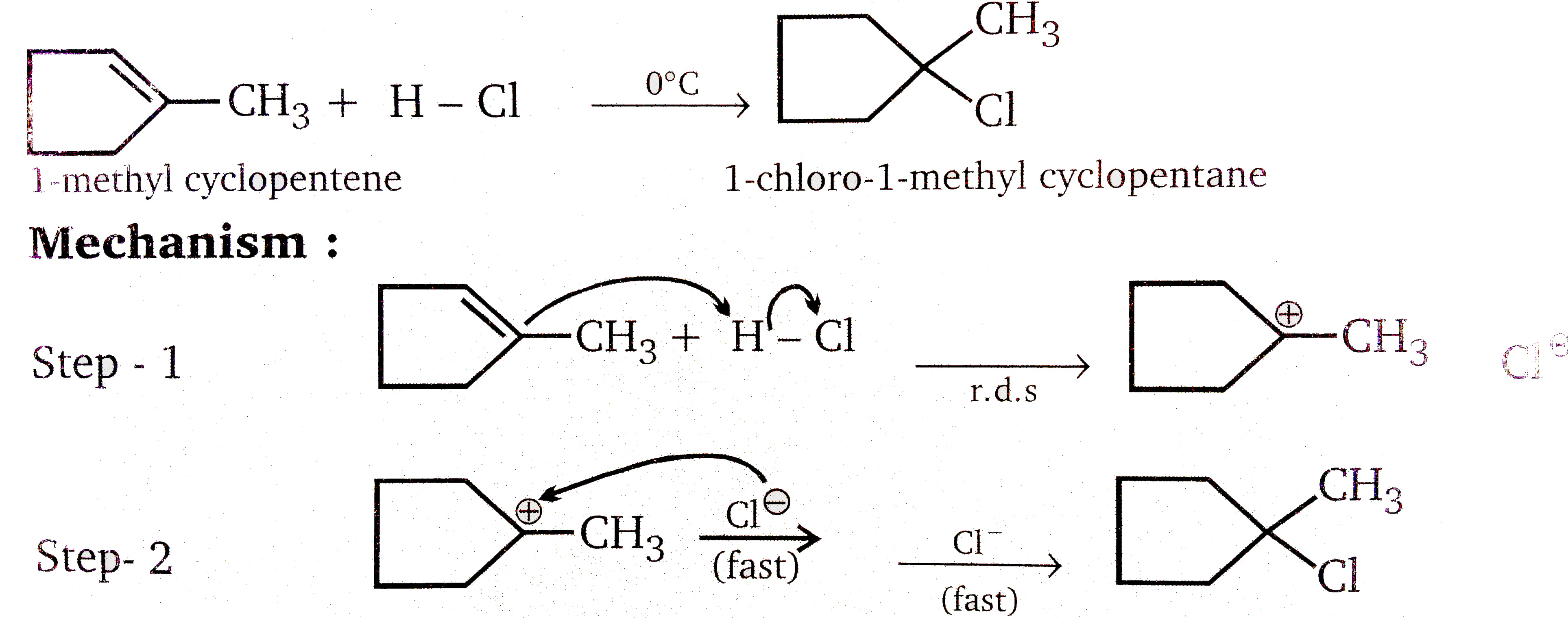 Which of the following is most reactive toward Markovnikov addition?A
Which of the following is most reactive toward Markovnikov addition?A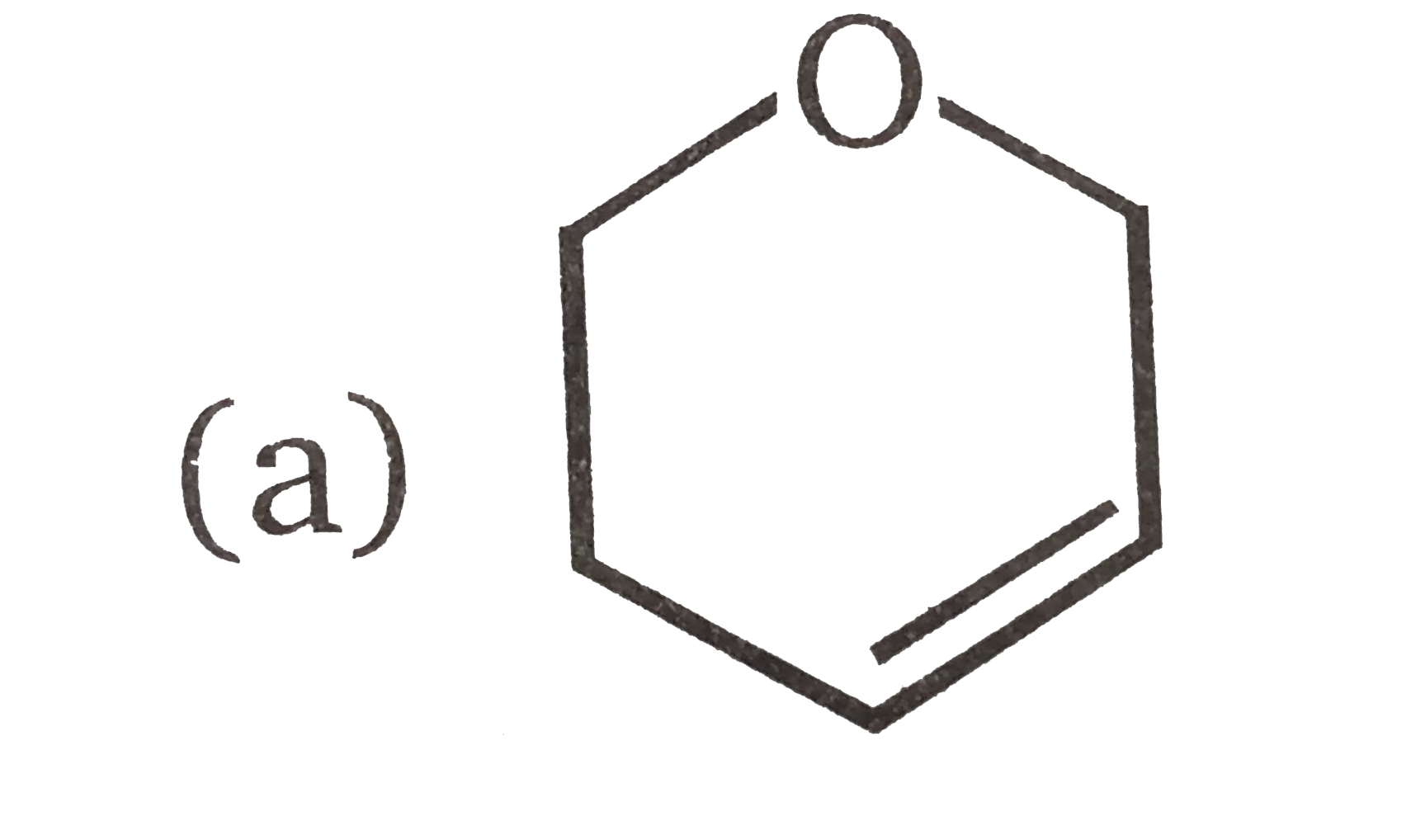 B
B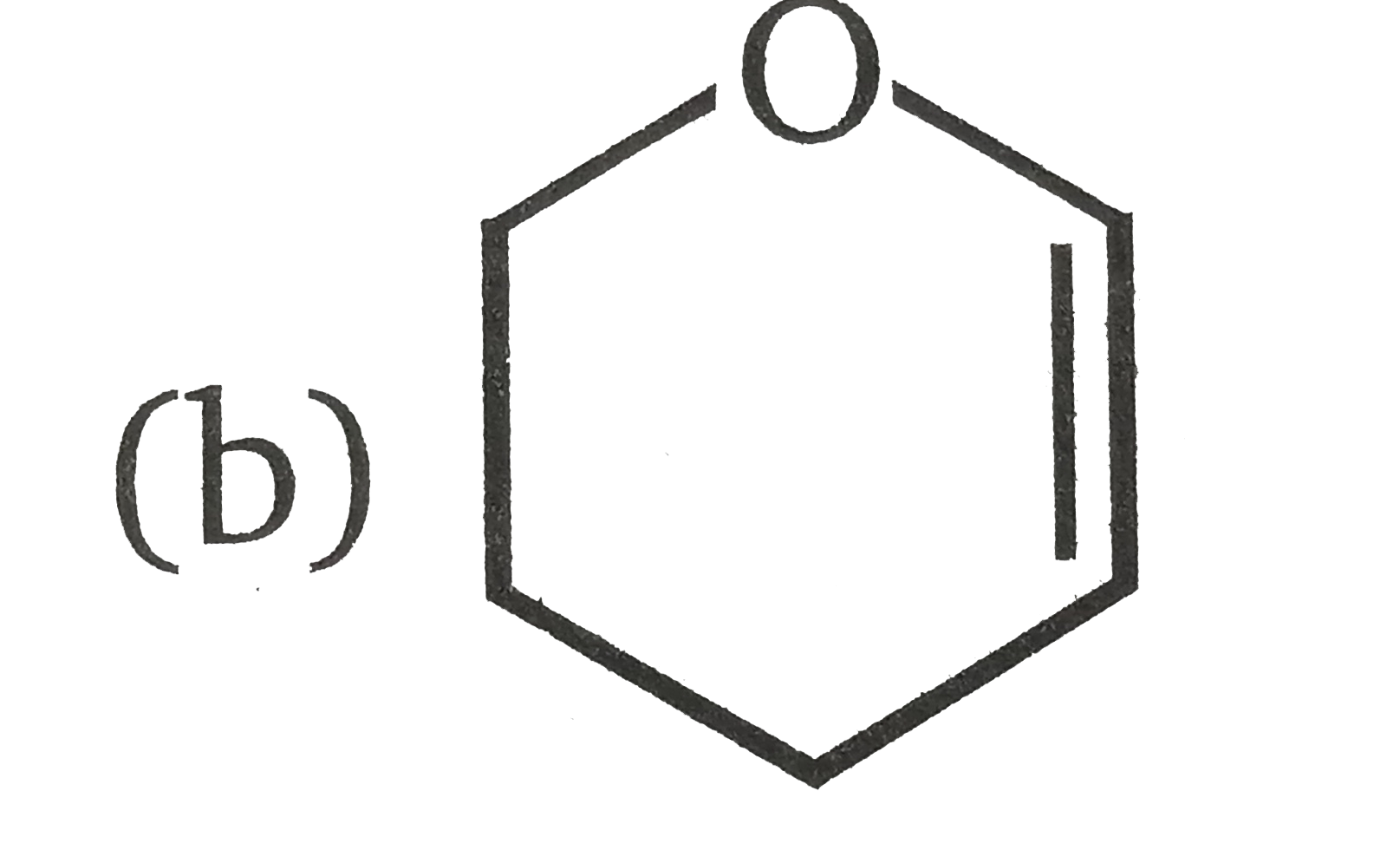 C
C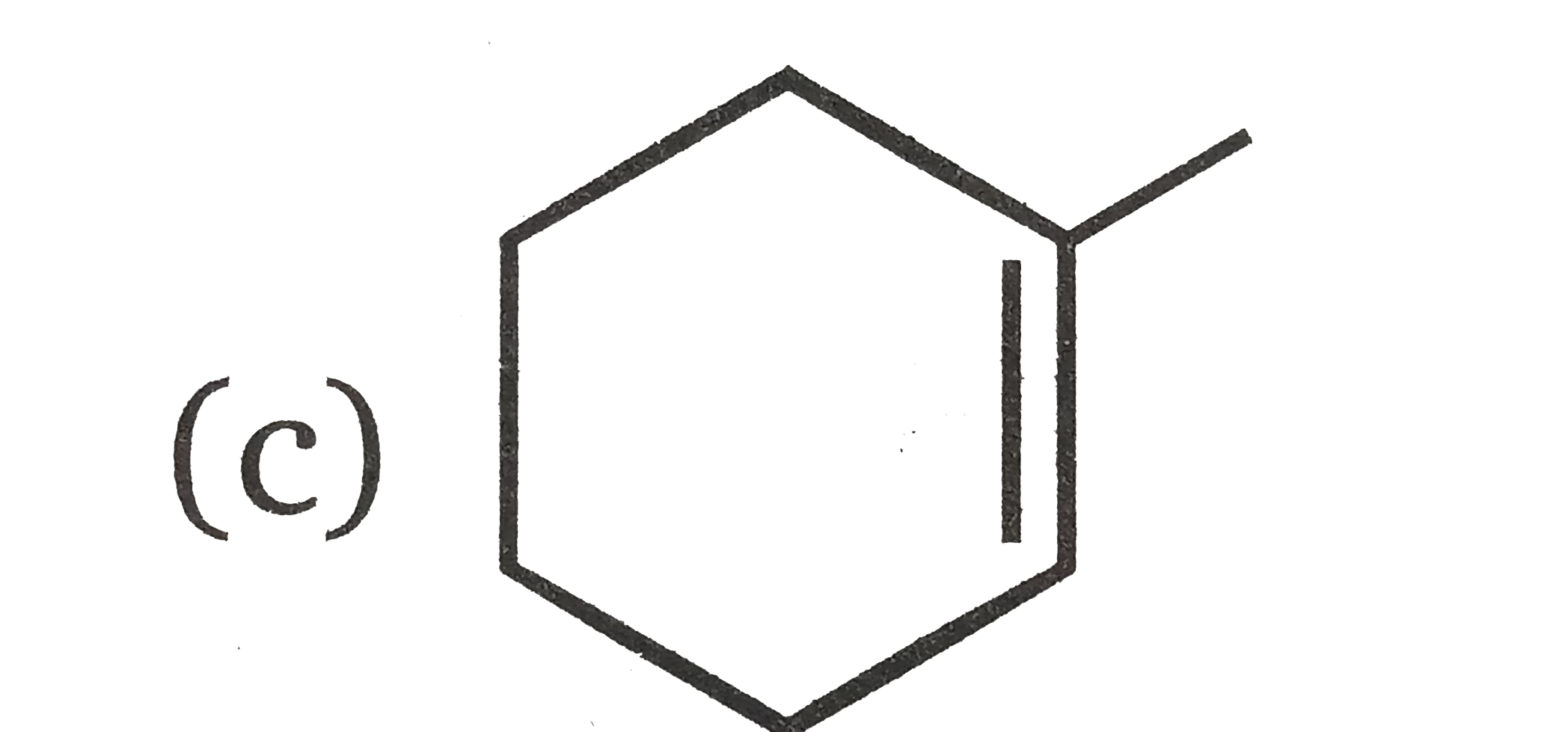 D
D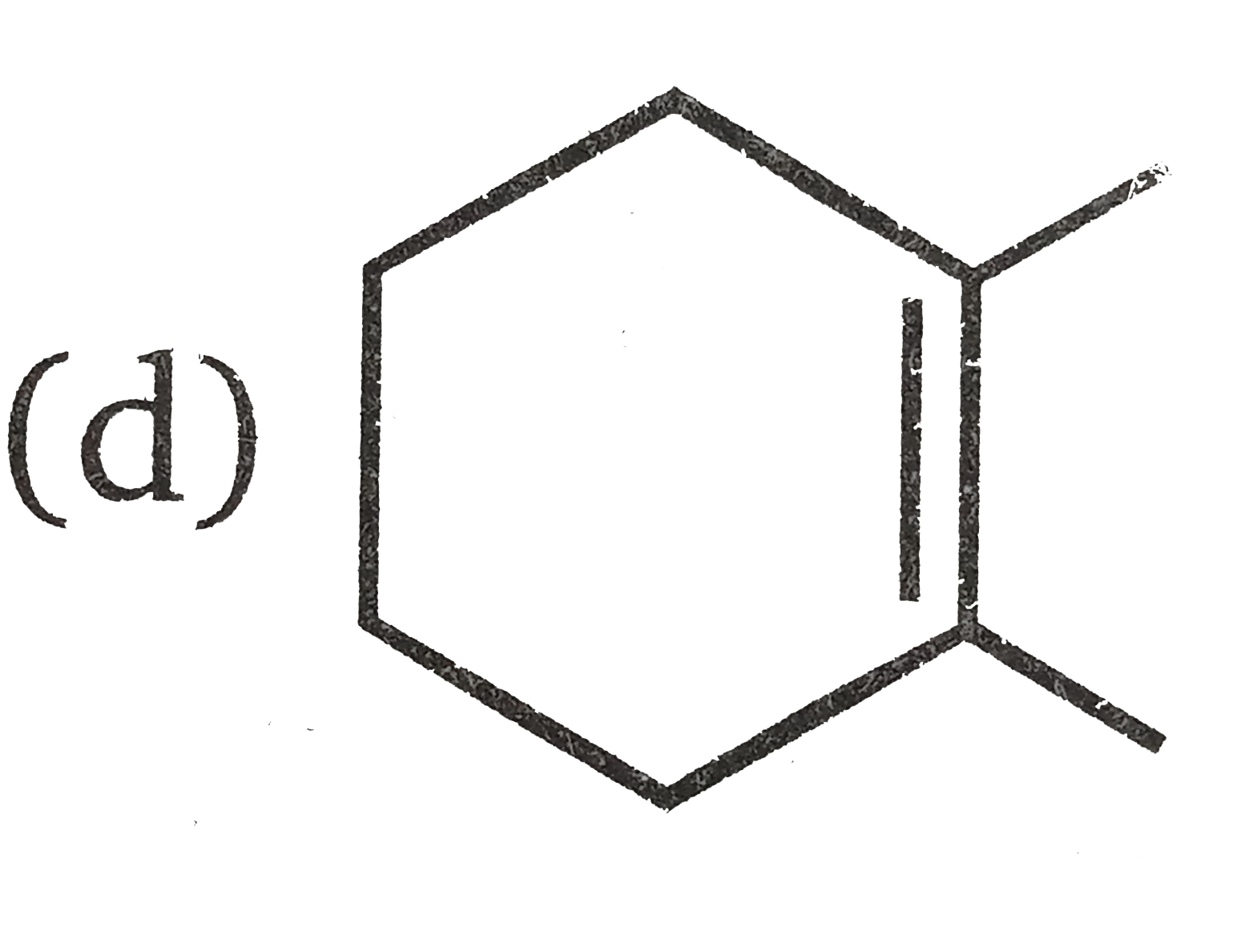
- Question 1 - Select One
Vladimir Markovnikov rule:
Alkenes undergo electrophilic addition reactions. It is triggered by the acid acting as a electrophile toward π-electrons of the double bond.
Markovnikov's rule states that when an unsymmetrically substituted alkene reacts with a hydrogen halide, the hydrogen atom adds to the carbon that has the greater number of hydrogen, e.g.,
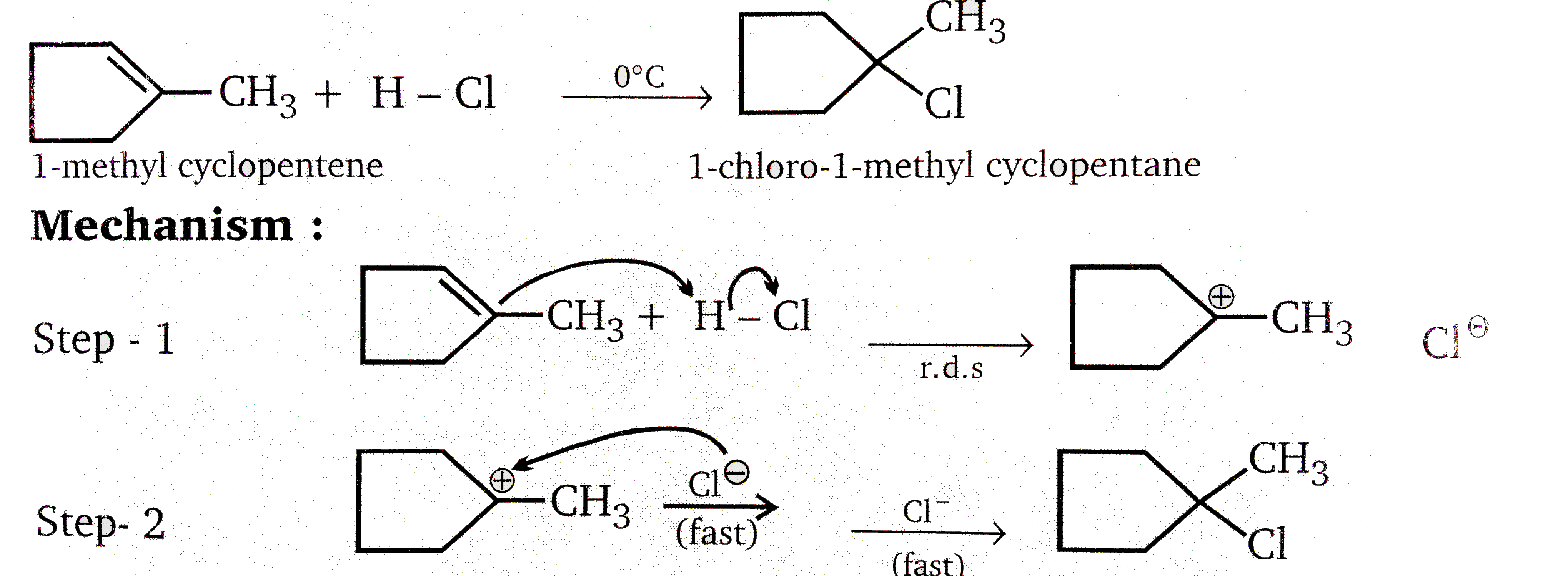
Identify the major products r1,r2 and r3 in the given reactions
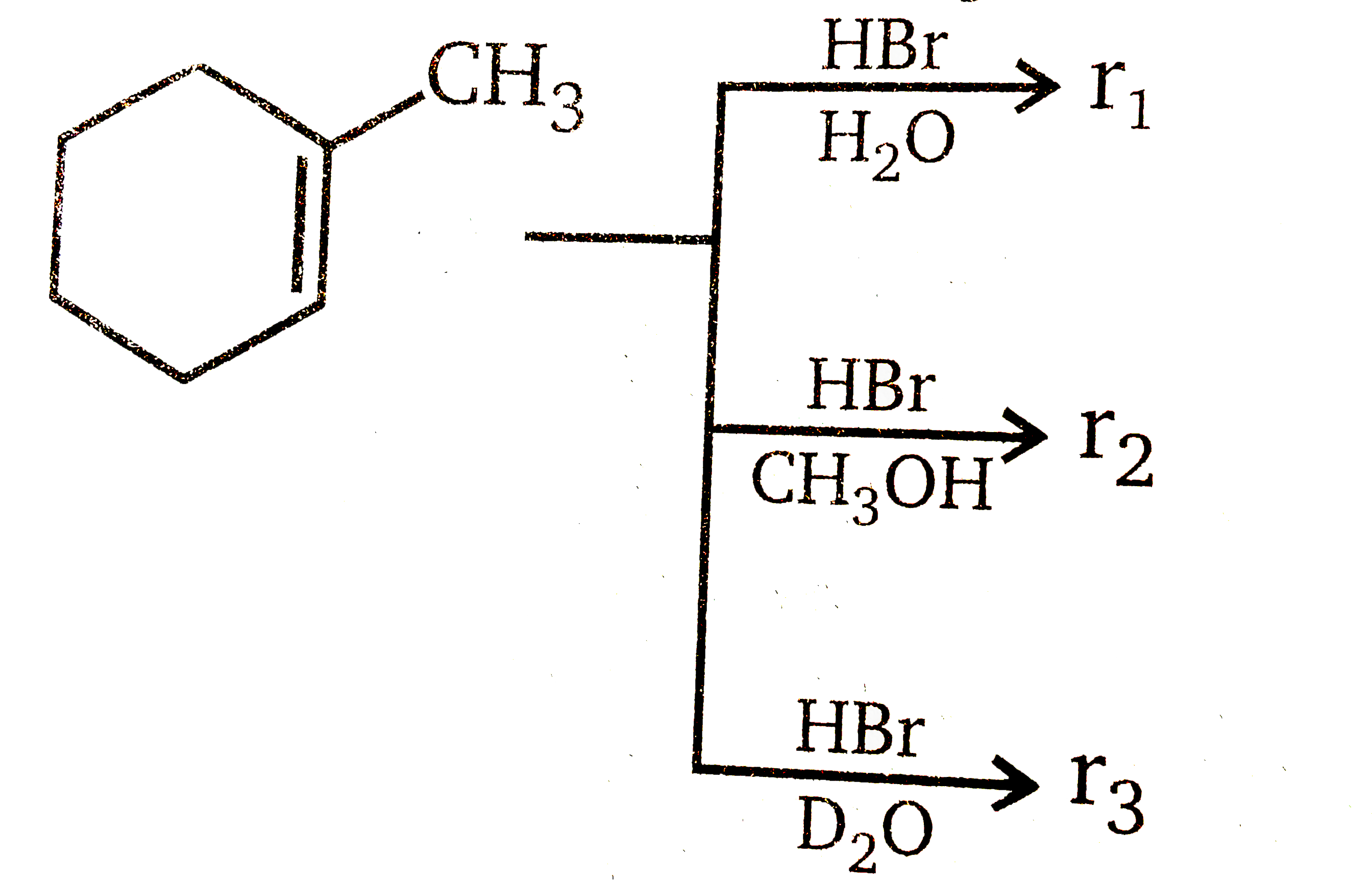 A
A B
B C
C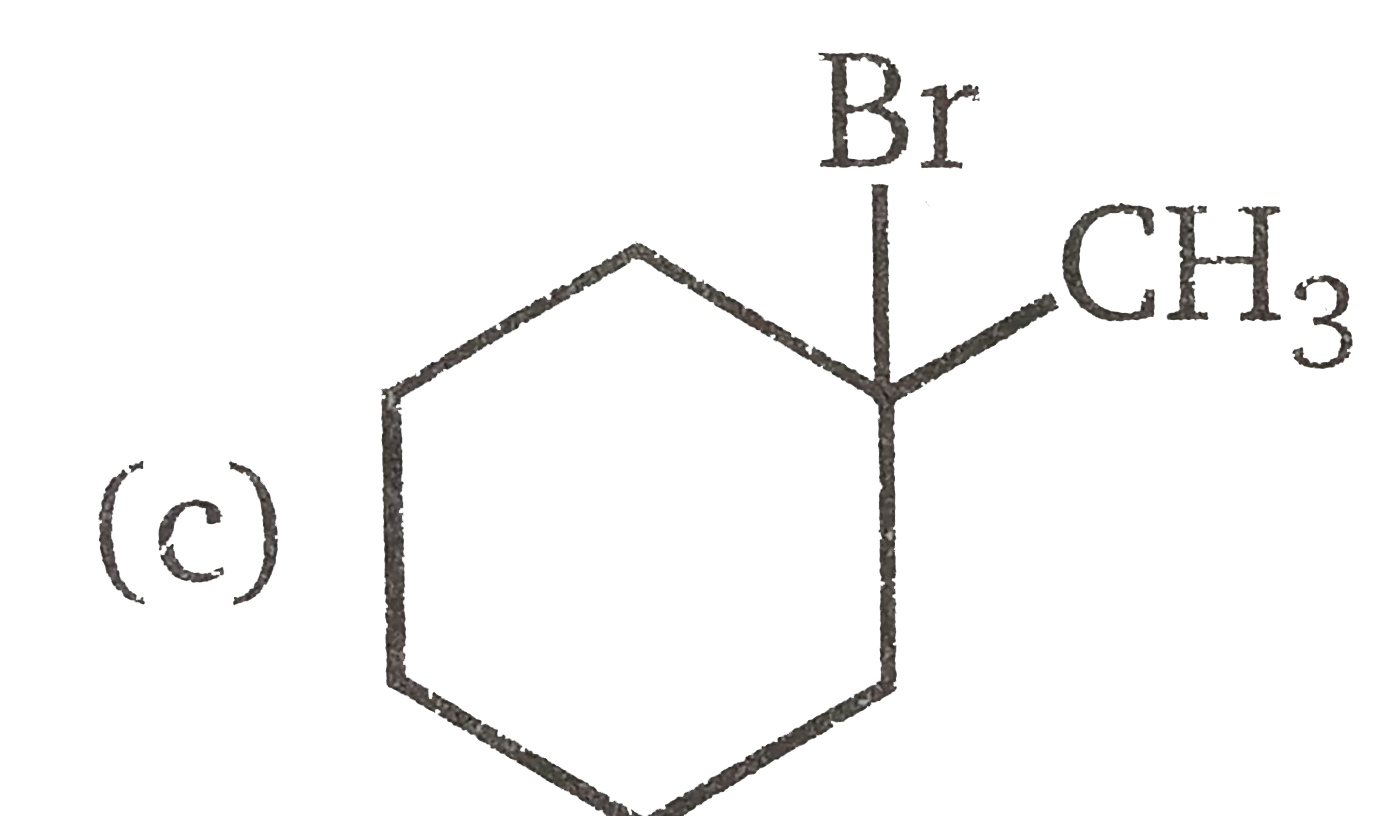 D
D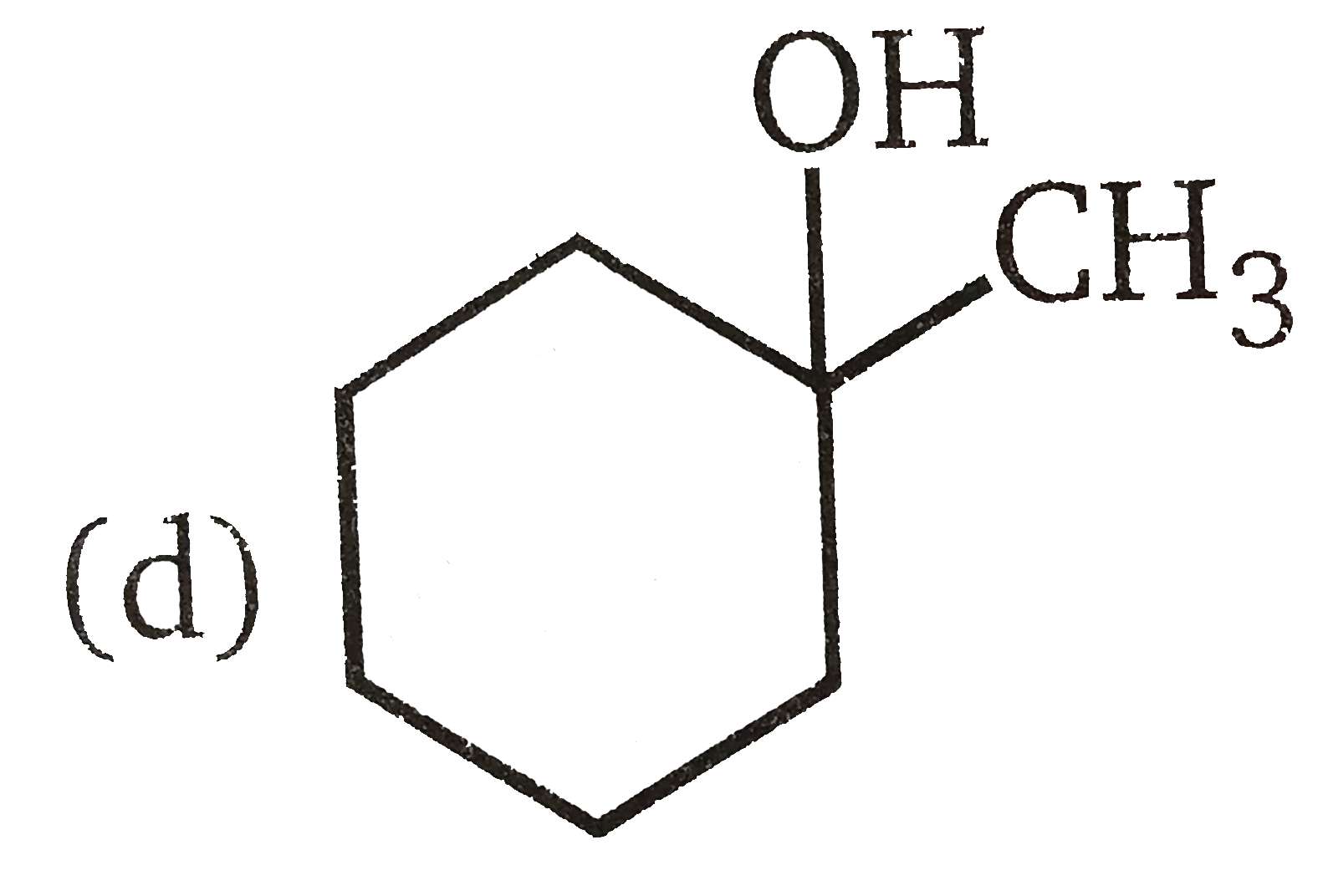
- Question 1 - Select One
Vladimir Markovnikov rule:
Alkenes undergo electrophilic addition reactions. It is triggered by the acid acting as a electrophile toward π-electrons of the double bond.
Markovnikov's rule states that when an unsymmetrically substituted alkene reacts with a hydrogen halide, the hydrogen atom adds to the carbon that has the greater number of hydrogen, e.g.,
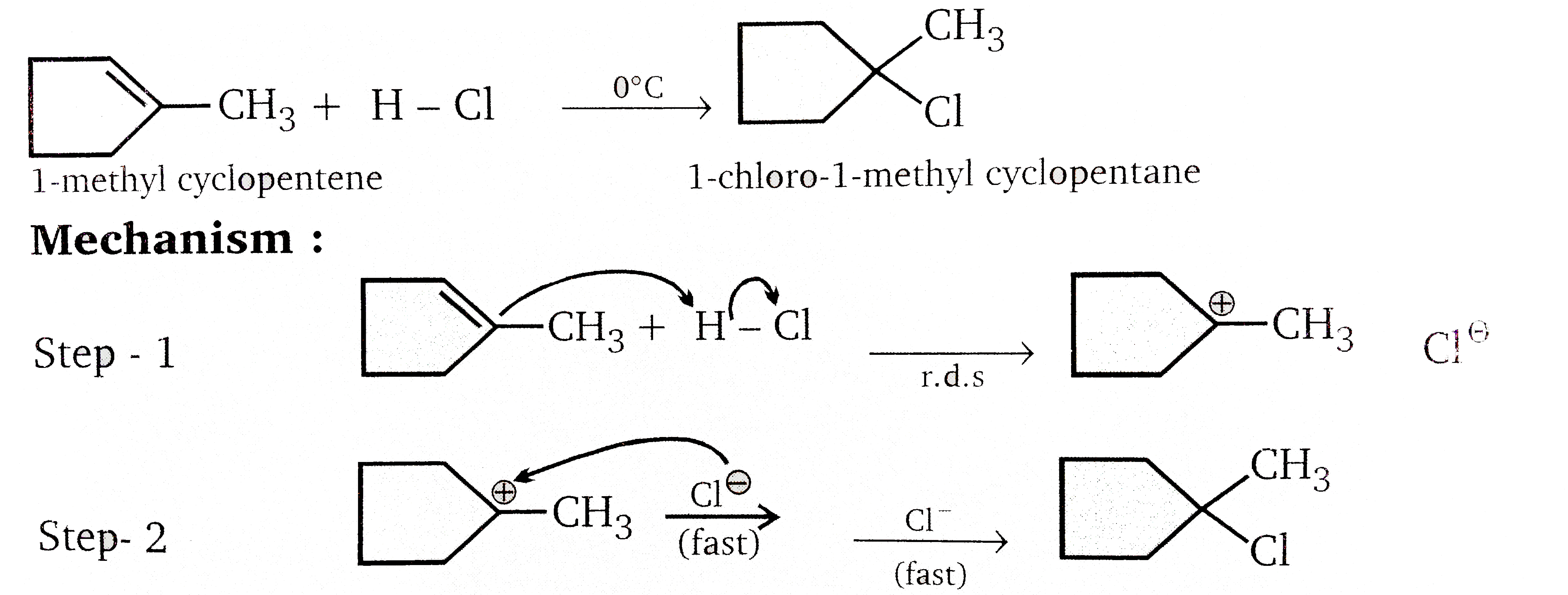
In which of following reactions, carbocation rearrangement is possible?A(CH3)4CH−CH=CH2HCl−−−−−→0∘CB(CH3)3C−CH=CH2HBr−−−−−−−→0∘C/Cl4CPh−CH2−CH=CH2HBr−−−−−→CCl4DAll of these - Question 1 - Select One
Vladimir Markovnikov rule:
Alkenes undergo electrophilic addition reactions. It is triggered by the acid acting as a electrophile toward π-electrons of the double bond.
Markovnikov's rule states that when an unsymmetrically substituted alkene reacts with a hydrogen halide, the hydrogen atom adds to the carbon that has the greater number of hydrogen, e.g.,
 In which of the following reaction, diastereomers will be formed?A
In which of the following reaction, diastereomers will be formed?A B
B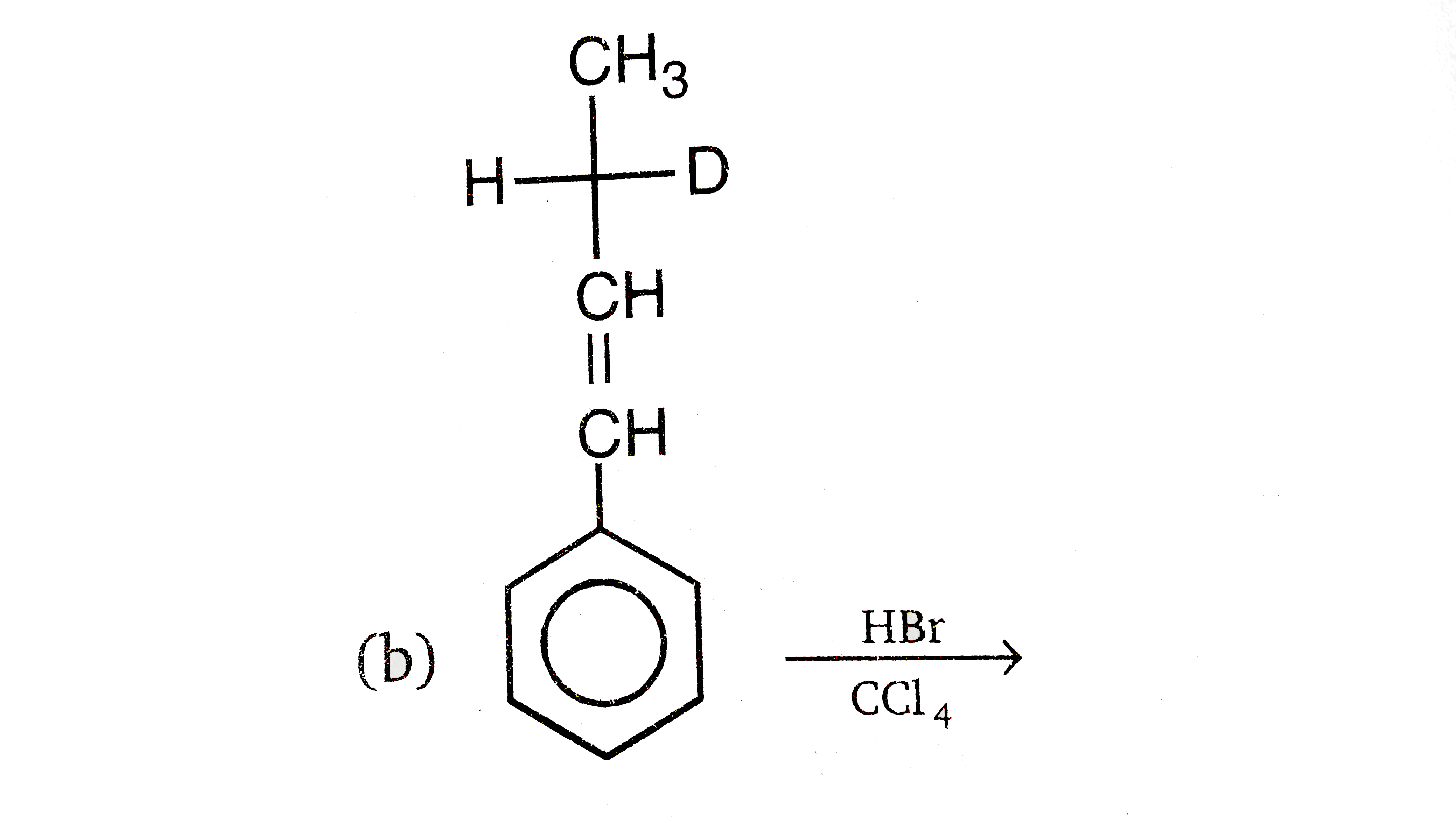 C
C D
D
- Question 1 - Select One
Vladimir Markovnikov rule:
Alkenes undergo electrophilic addition reactions. It is triggered by the acid acting as a electrophile toward π-electrons of the double bond.
Markovnikov's rule states that when an unsymmetrically substituted alkene reacts with a hydrogen halide, the hydrogen atom adds to the carbon that has the greater number of hydrogen, e.g.,
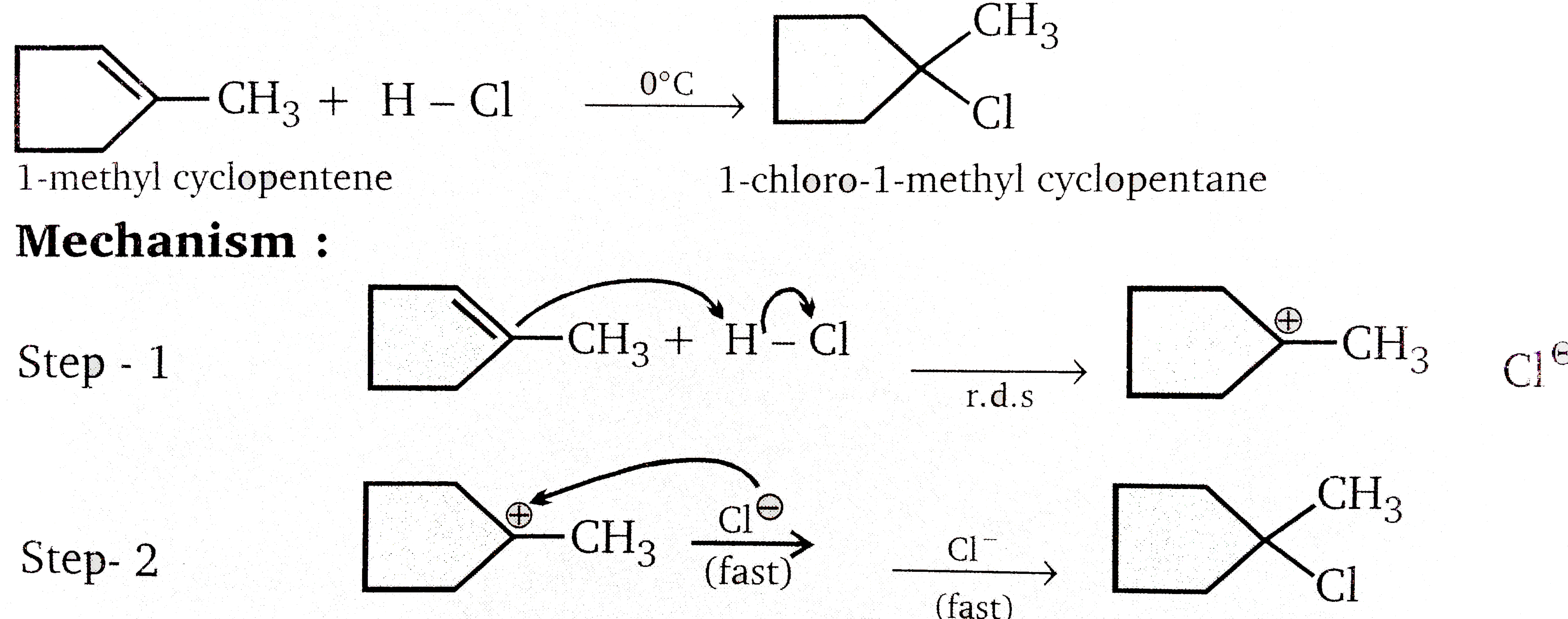
What is the energy profile for the given reaction?A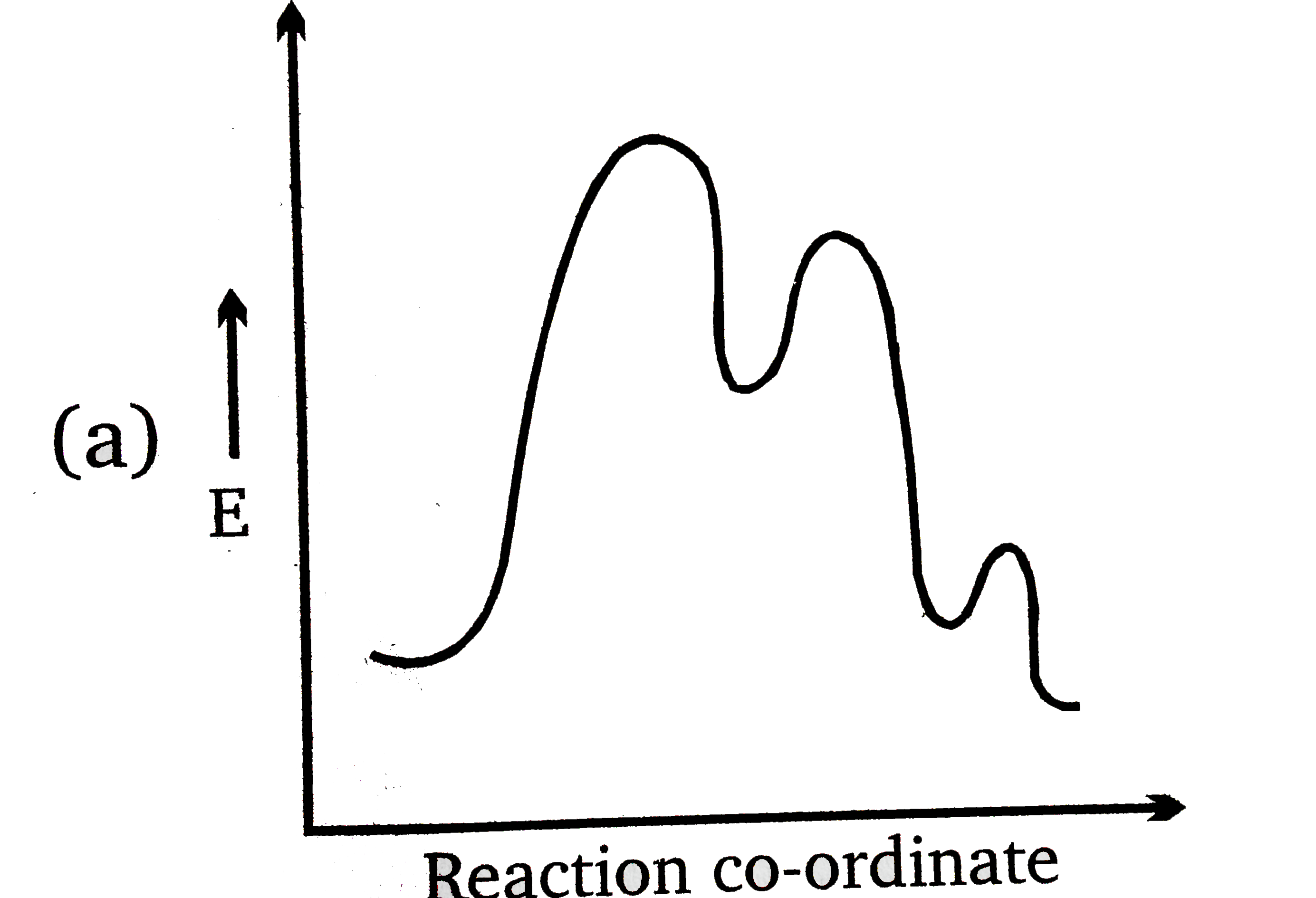 B
B C
C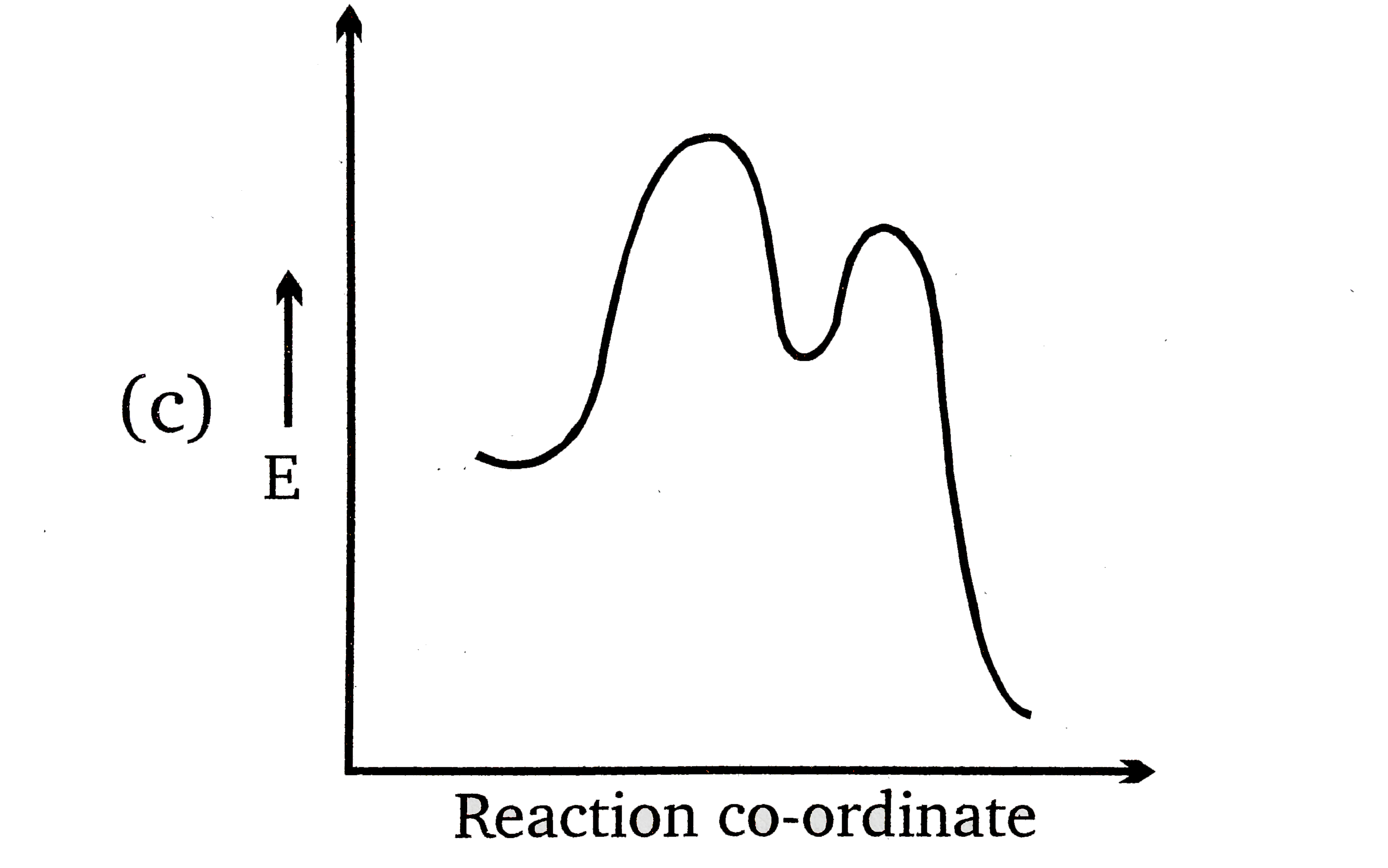 D
D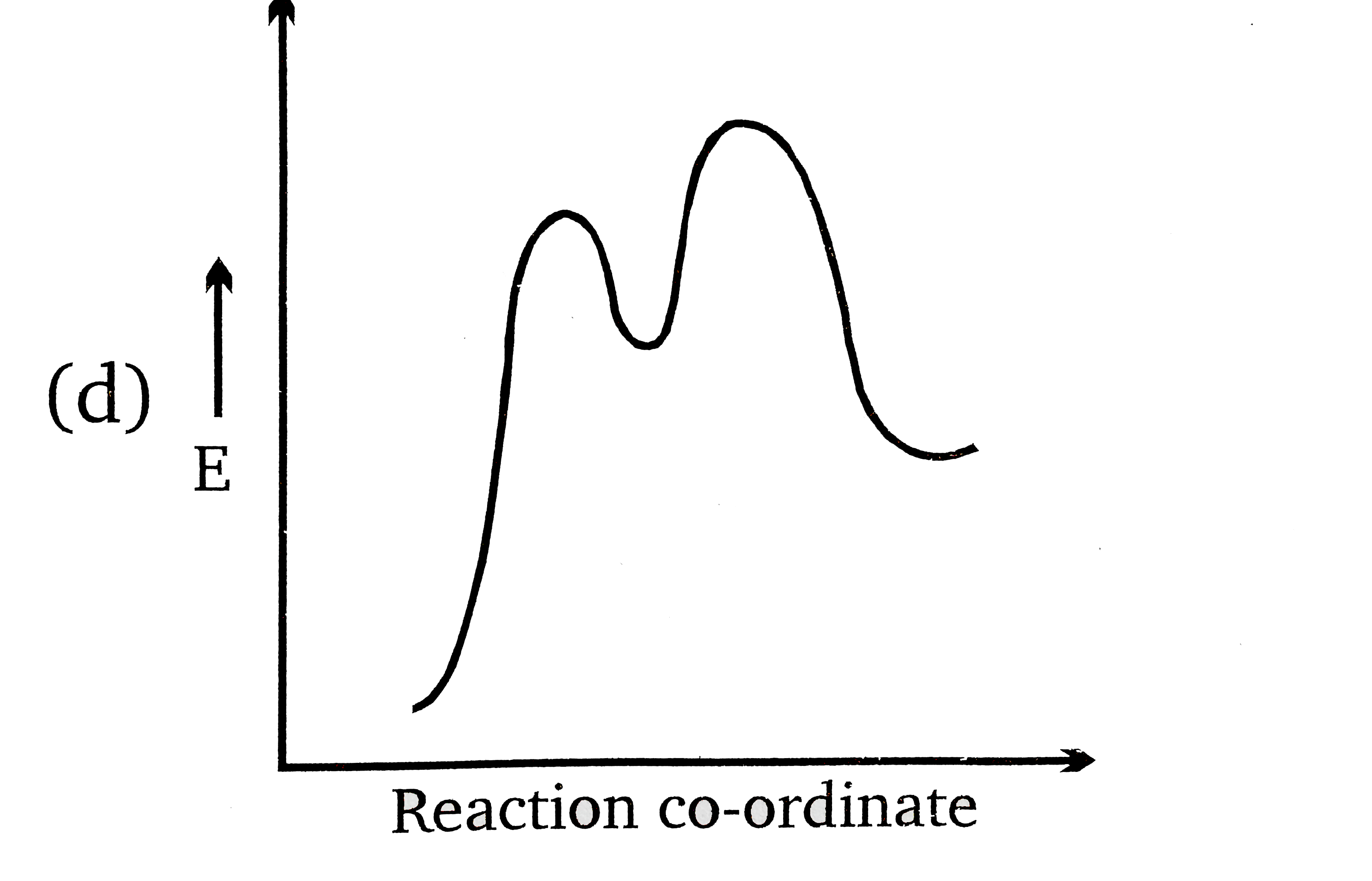
- Question 1 - Select One
Vladimir Markovnikov rule:
Alkenes undergo electrophilic addition reactions. It is triggered by the acid acting as a electrophile toward π-electrons of the double bond.
Markovnikov's rule states that when an unsymmetrically substituted alkene reacts with a hydrogen halide, the hydrogen atom adds to the carbon that has the greater number of hydrogen, e.g.,
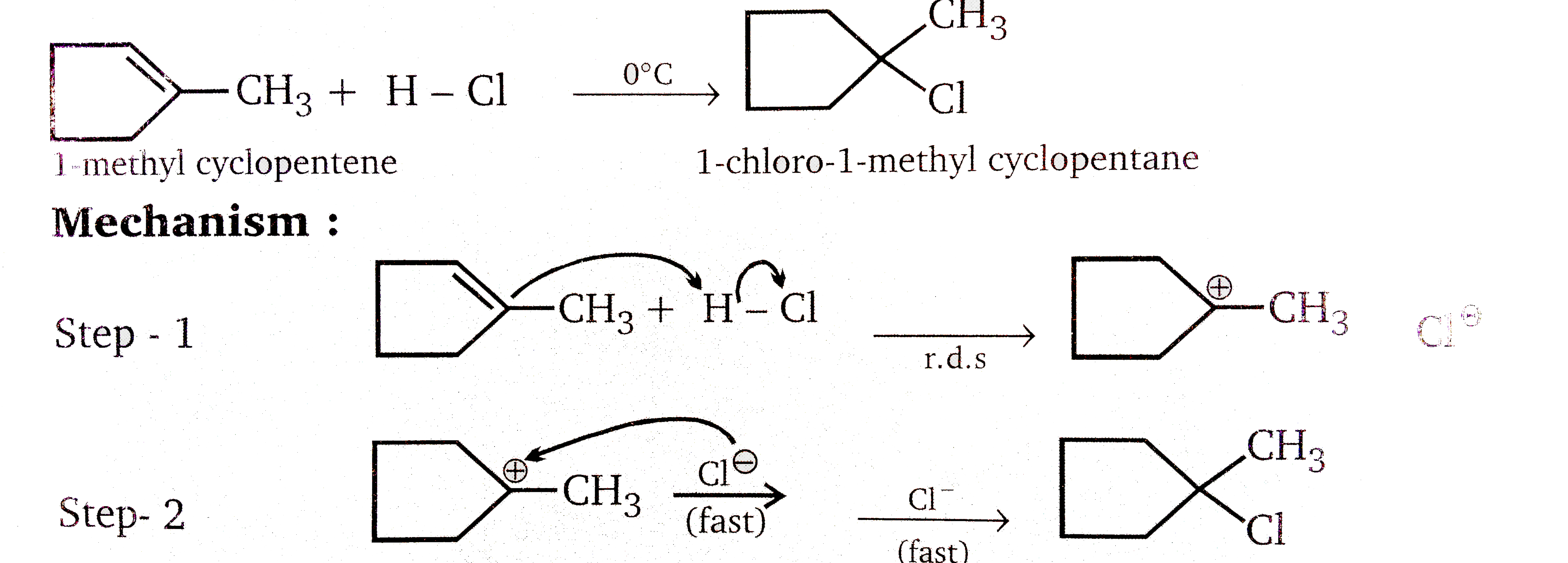 In which of the following reactions, product is racemic mixture?ACH3−CH2−CH=CH2HBr−−→CCl4B
In which of the following reactions, product is racemic mixture?ACH3−CH2−CH=CH2HBr−−→CCl4B C
C DAll of these
DAll of these - Question 1 - Select One
In the given reaction, only one alkene undergo preferential oxidation alkene undergo preferential oxidation by electrophilic ozone. Identify product (P) of the given reaction:
 A
A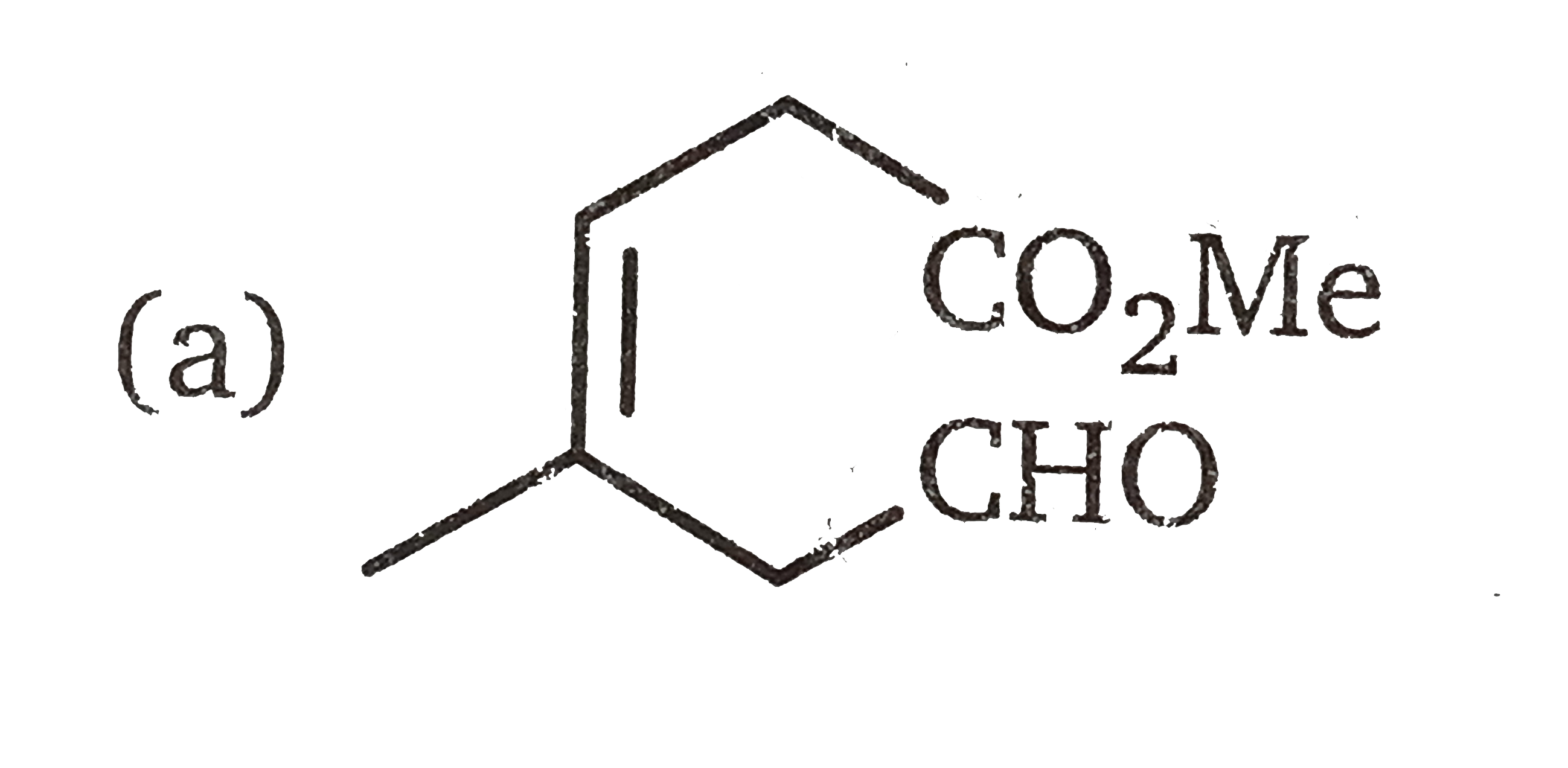 B
B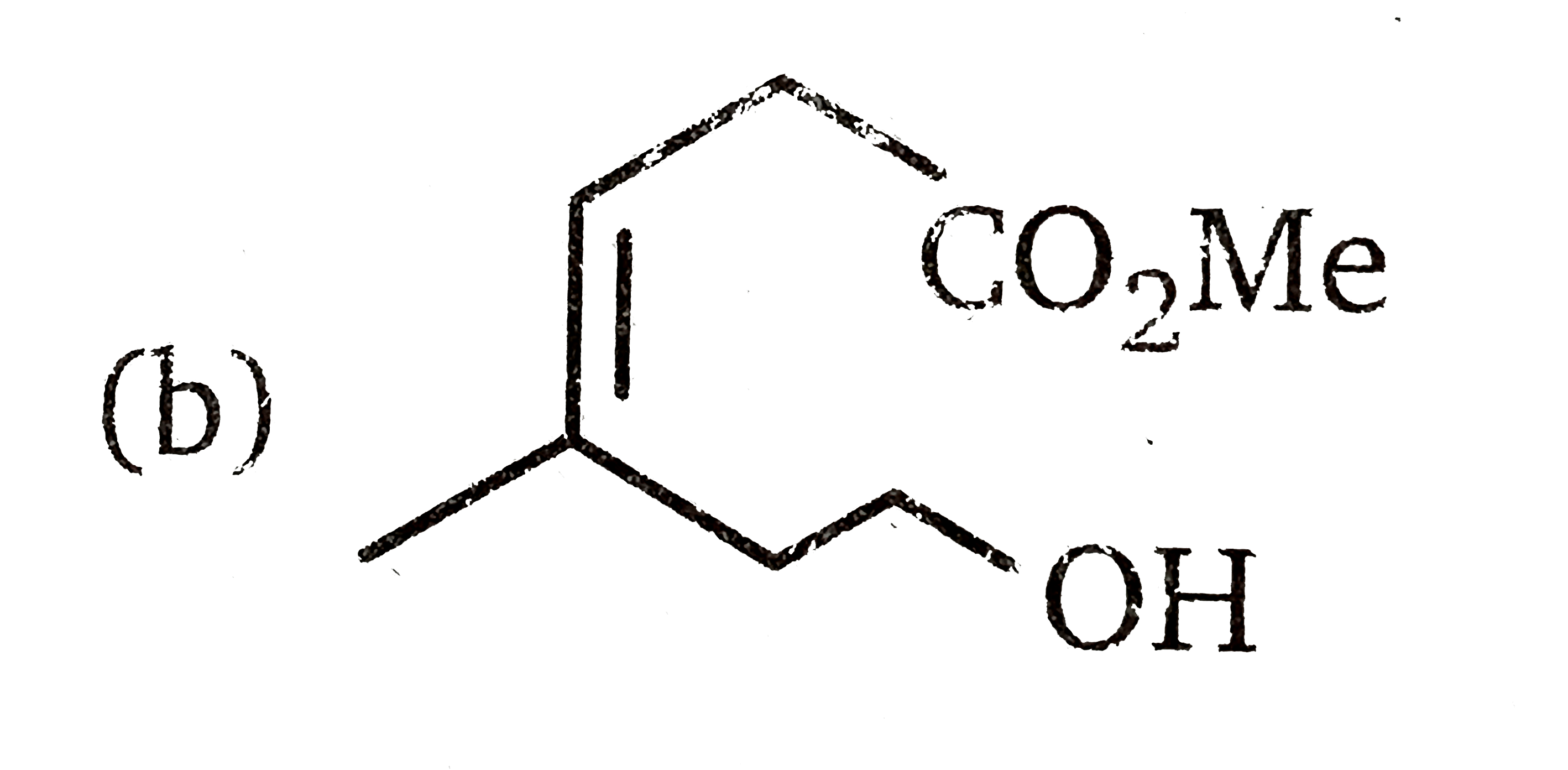 C
C D
D
- Question 1 - Select One
An alkyl bromide produces a single alkene when it reacts with sodium ethoxide and ethanol. The alkene undergoes hydrogenation and produces 2-methylbutane. What is the identity of the alkyl bromide?
A1-bromo-2,2-dimethylpropaneB1-bromo-2-methylpentaneC1-bromo-2-methylbutaneD2-bromo-2-methylbutane. - Question 1 - Select One
An alkyl bromide produces a single alkene when it reacts with sodium ethoxide and ethanol. This alkene undergoes hydrogenation and produces 2-methyl butane. What is the identity of the alkyl bromide
A1-bromo-2,2-dimethylpropaneB1-bromobutaneC2-bromo-2-methylbutaneD2-bromo-2-methylbutane

